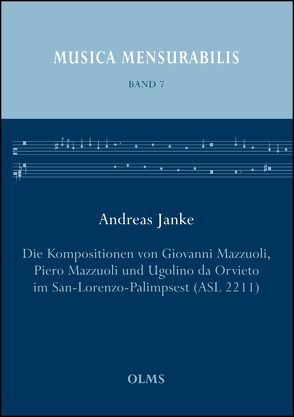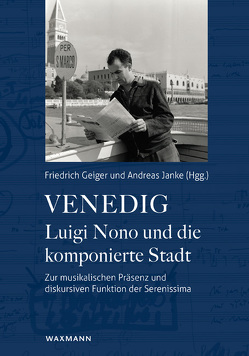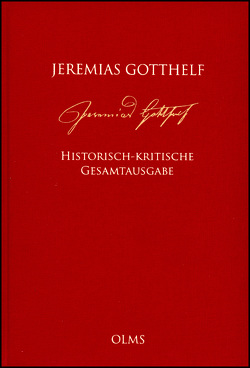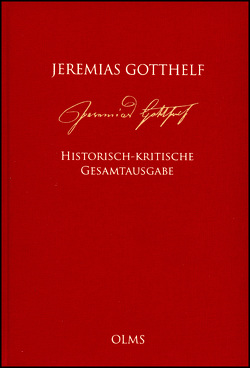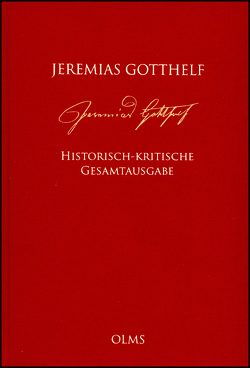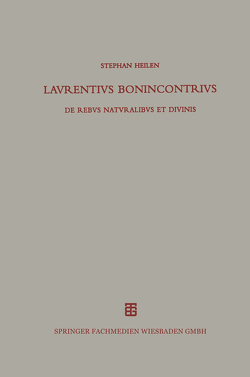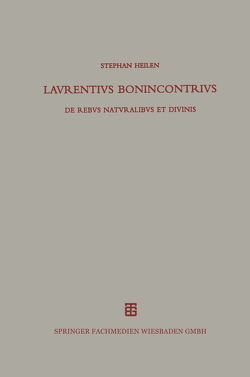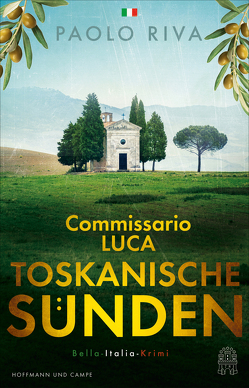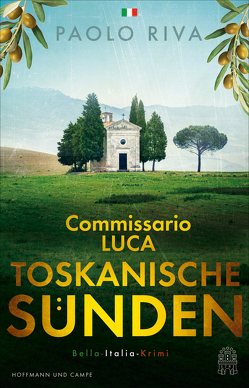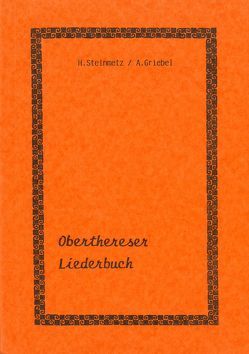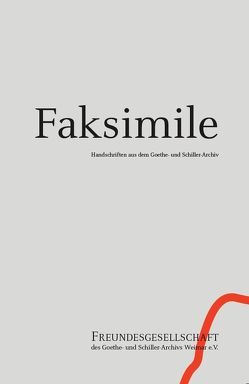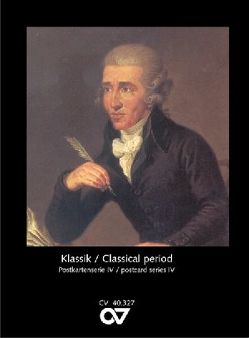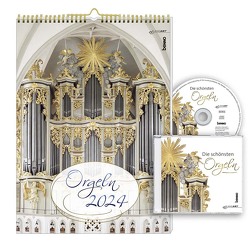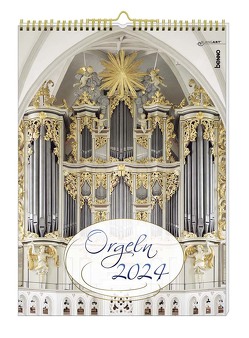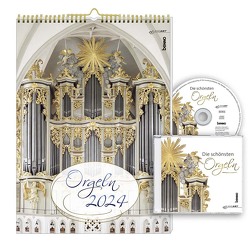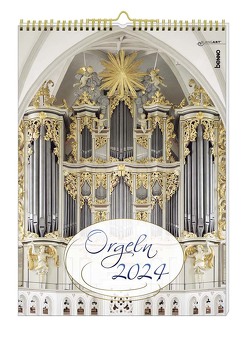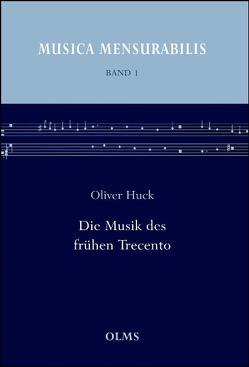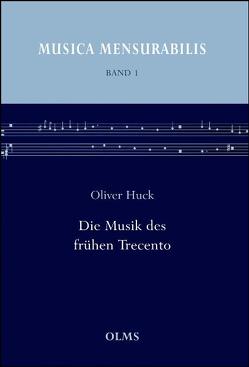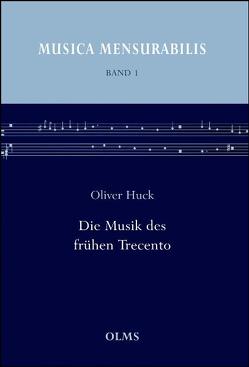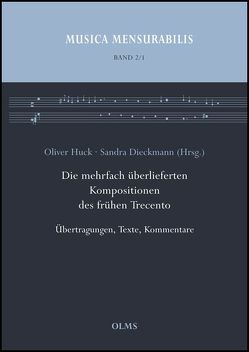Die Kompositionen von Giovanni Mazzuoli, Piero Mazzuoli und Ugolino da Orvieto im San-Lorenzo-Palimpsest (ASL 2211)
Andreas Janke
Das San-Lorenzo-Palimpsest (Florenz, Archivio del Capitolo di San Lorenzo, Ms. 2211) enthält eine Anfang des 15. Jahrhunderts in Florenz erstellte Sammlung mit über 200 säkularen, polyphonen Kompositionen. Seit seiner Entdeckung zu Beginn der 1980er Jahre ist bekannt, dass die Handschrift auch Unica der drei Trecento-Komponisten Giovanni Mazzuoli († 1426), Piero Mazzuoli († 1430) und Ugolino da Orvieto enthält († 1452), jedoch fehlte bisher eine wissenschaftliche Auseinandersetzung, da das Material als nicht lesbar eingestuft wurde.
Durch die erstmalige Erschließung, Analyse und Kontextualisierung der 29 überwiegend Ballate und Madrigale von Giovanni, Piero und Ugolino erlaubt der vorliegende Band einen neuen Blick auf das Florentiner Musikleben am Ende des 14. und zu Beginn des 15. Jahrhunderts. Zudem wird der Überlieferungsträger genauer untersucht, um Erkenntnisse über Handschriftengenese und Schreibprozesse zu gewinnen. Durch Auswertung neu aufgefundener Dokumente lassen sich insbesondere Giovanni und Piero Mazzuoli als Organisten präziser an wichtigen Institutionen verorten – etwa am Florentiner Dom Santa Maria del Fiore.****************The San Lorenzo Palimpsest (Florence, Archivio del Capitolo di San Lorenzo, Ms. 2211) contains a collection of over 200 secular, polyphonic compositions compiled in Florence at the beginning of the 15th century. Since its discovery in the early 1980s, it has been known that the manuscript also contains the only surviving copies of works by the three trecento composers Giovanni Mazzuoli (d. 1426), Piero Mazzuoli (d. 1430) and Ugolino da Orvieto.
By examining, analysing and contextualising the 29 works – mostly ballate and madrigals – by Giovanni, Piero and Ugolino, this volume offers a new insight into Florentine musical life in the later 14th and early 15th century. The evaluation of newly-discovered documents makes it possible to situate Giovanni and Piero Mazzuoli in particular more precisely around important institutions such as the Florentine cathedral of Santa Maria del Fiore.
